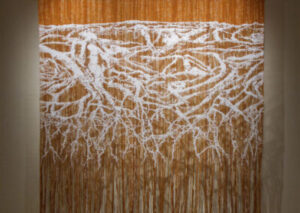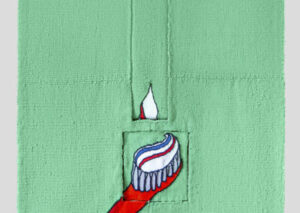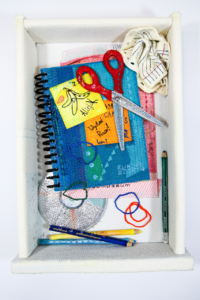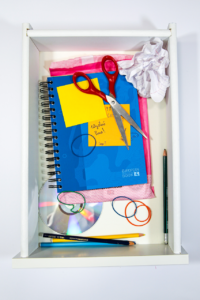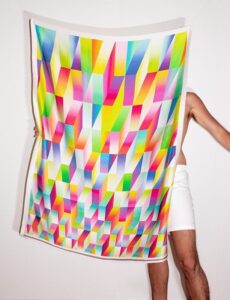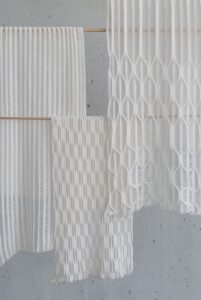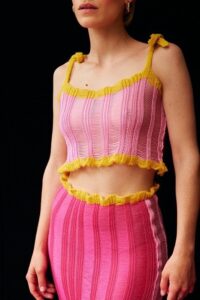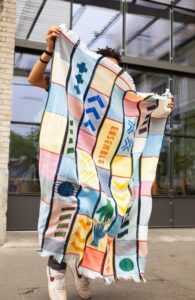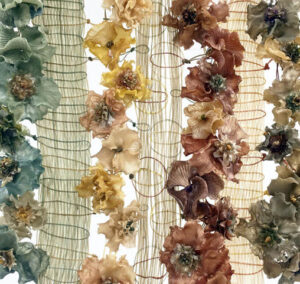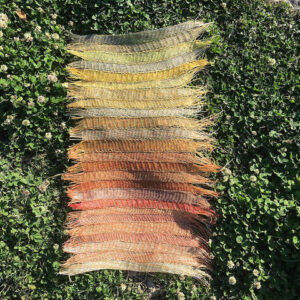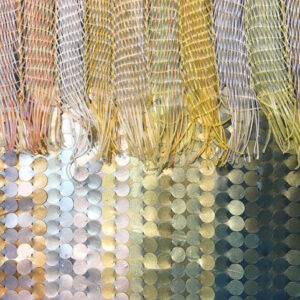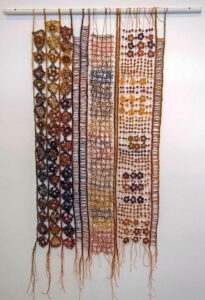December 20, 2021
In
Art, Books, Textile Art
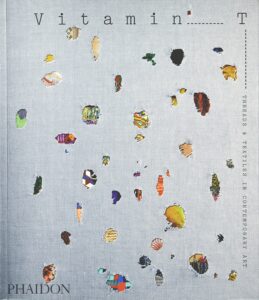
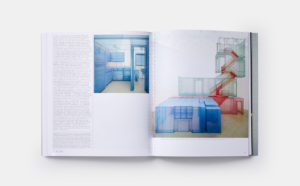
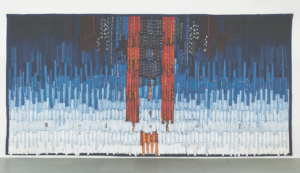
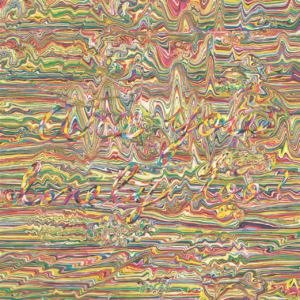
Abdoulaye Konaté, Brésil (Guarani). 2015, textile, 345 x 700 cm, 135 7/8 x275 5/8 in. Picture credit: Private collection, Tokyo. Courtesy and © the artistand Blain|Southern. Photo: Prudence Cuming Associates, 2016 (pages 156-157).
Kyungah Ham, Needling Whisper, Needle Country/SMS Series inCamouflage, Are you lonely, too? C 01-01-04, 2014-5, North Korean handembroidery, silk threads on cotton, middleman, anxiety, censorship andwooden frame, approximately 1,000 hours by 1 person, 146 x 146 cm / 571/2 x 57 1/2 in. Picture credit: artwork © Kyungah Ham / Courtesy of theartist, carlier | gebauer and Kukje Gallery, Seoul. (page 125).
Vitamin T: Threads & Textiles in Contemporary Art
I was living in Malaysia when Vitamin T: Threads & Textiles in Contemporary Art was released in hardback and it had sold out when I went to purchase it. So I was thrilled when the paperback version came out in September. Featuring over 100 artists who use textiles as a medium it has to be the most current and encompassing review of textile art today.
The substantial book weighing in at over 300 pages, covers a huge range of techniques. Knitting, embroidery, knotting, tapestry and quilting are well represented. As we always champion on Textile Curator, the sheer variety of subject matter, scale and pure creativity is beyond inspiring.
While some of the aritsts are household names such as Tracy Emin and Grayson Perry, the global reach of the book means there are artists even the most passionate textile art fans are yet to discover. I did start listing my hightlights, but the list was soon far too long for this article. Ghada Amer, El Anatsui, Terri Friedman – and of course Chiacho & Giannone, who were one of the first artists I interviewed for Textile Curator, are just a handful of the outstanding artists featured.
Images are large and well presented so you can really examine the tecniques. My only criticism is that the text is rather daunting and hard to read. Blocks of text may look visually appealing, but personally I like paragraphs. Also I find artists’ details such as their ages, and location a fascinating insight into their art. This is all there but is in rather small text. However, the overriding factor is this is an absolute celebration of the talented artists who use textiles as a medium.
Vitamin T: Threads & Textiles in Contemporary Art illustrates that fine art textiles is gaining increasing space in galleries around the world. It’s something anyone with an appreciaton of the skill, talent and beauty of textile art can appreciate and a must-have publication for anyone interested in the fascinating world of textile art today.
Vitamin T: Threads & Textiles in Contemporary Art by Phaidon editors, with an introduction by Jenelle Porter, £29.95 https://www.phaidon.com



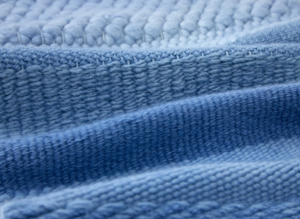
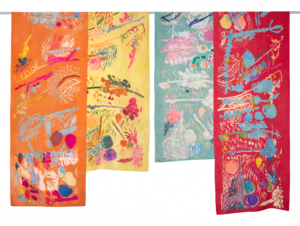
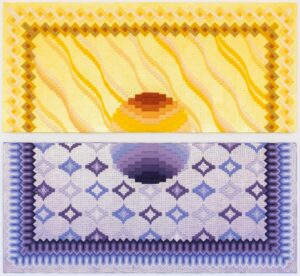
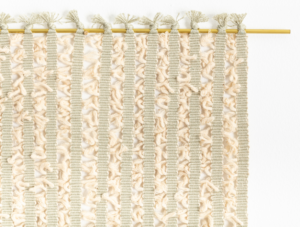
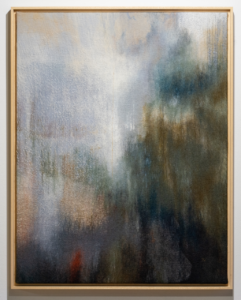
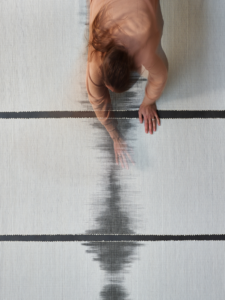
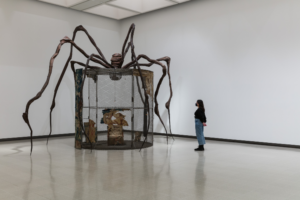
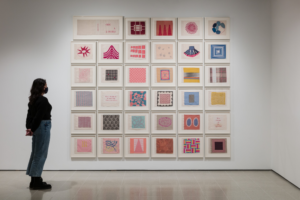

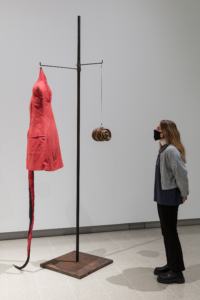
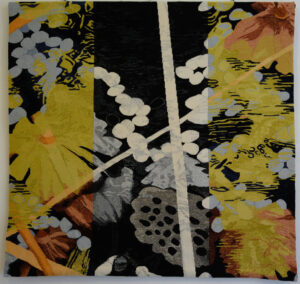
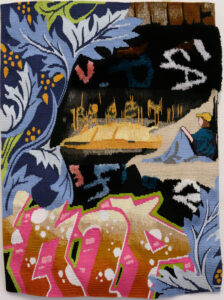




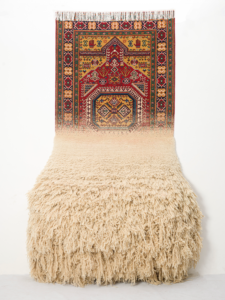
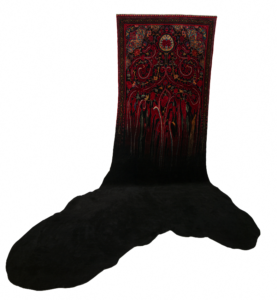
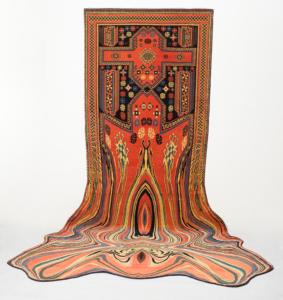
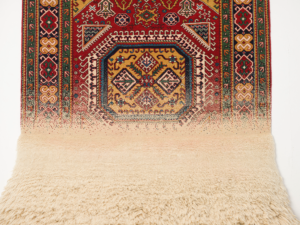
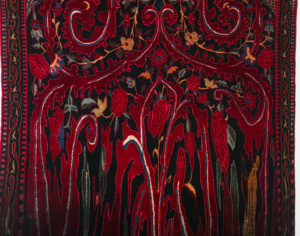
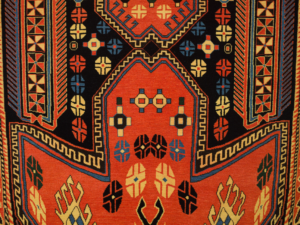
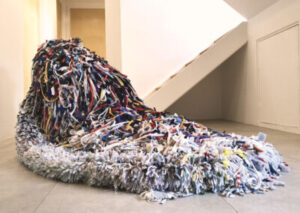
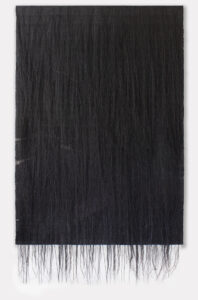
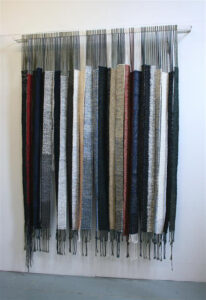
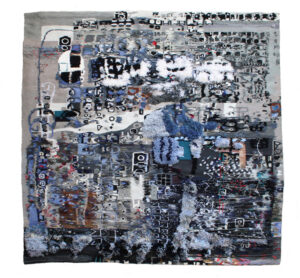
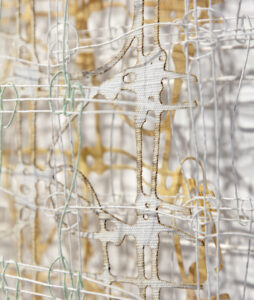
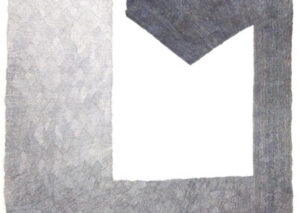
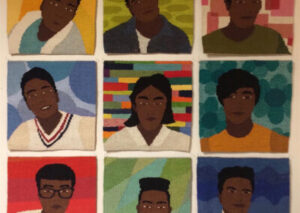 .
. 